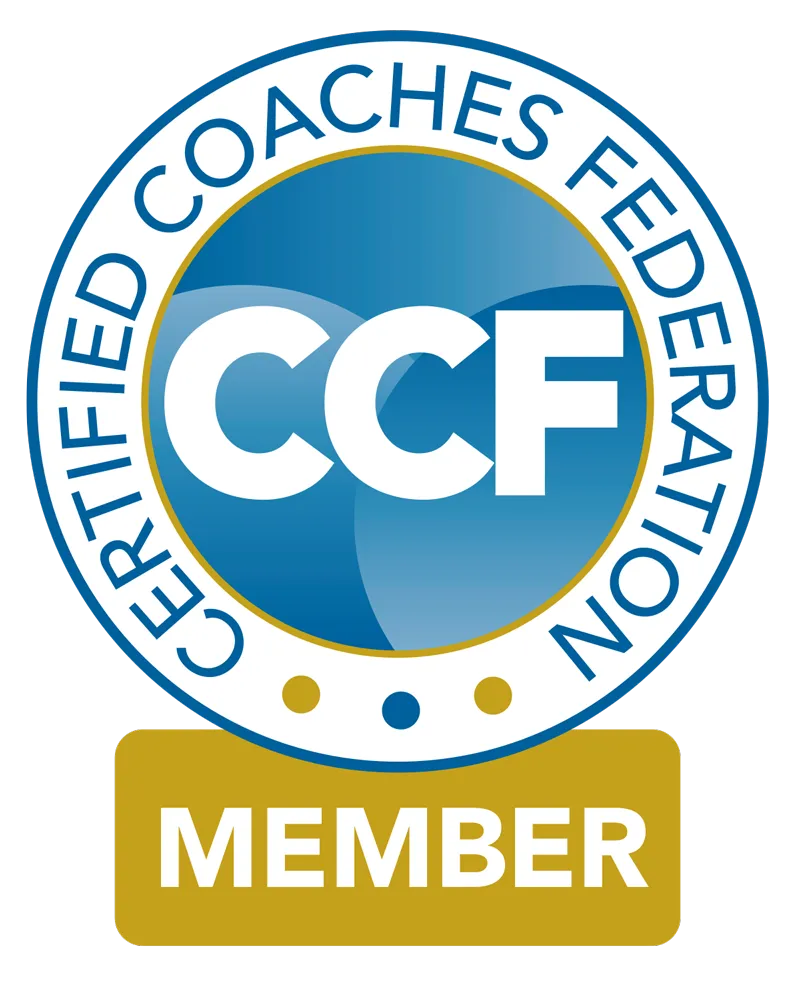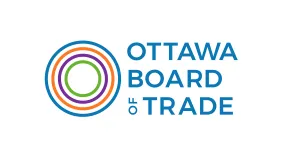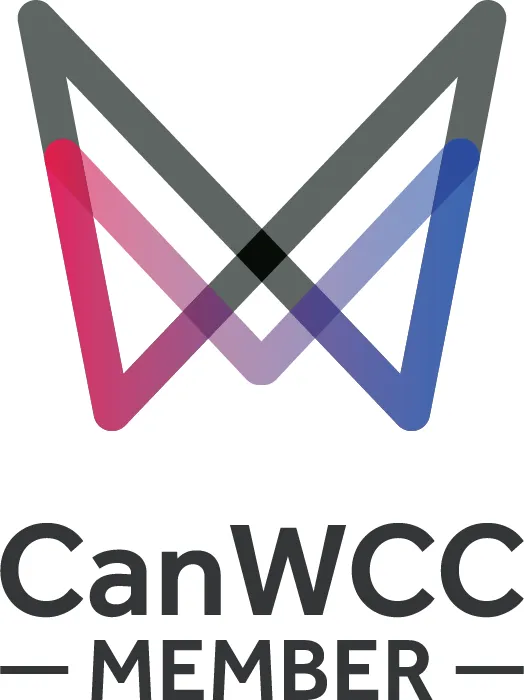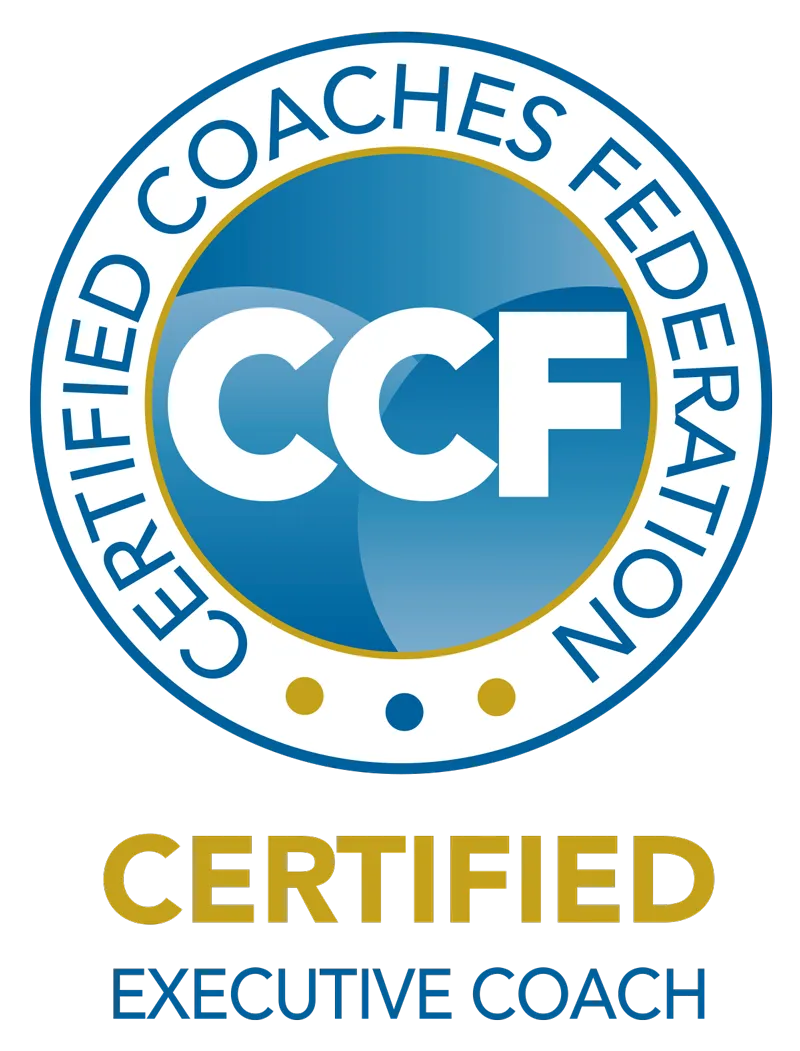
The Difference Between High-Performance Teams and High-Performance Culture
TL;DR
High-performance teams and high-performance culture are not the same. Most organizations treat them as interchangeable and then wonder why growth stalls.
Culture without performance creates sentiment without results. Performance without culture creates silos, friction, and inconsistency.
You need both. And they need to be connected through a system that aligns people, process, and performance.
This is the gap LoyaltyOps™ fills. Our work links culture to execution so that performance compounds instead of wobbling.
The Two Concepts Most Companies Confuse
Inside growth-stage companies, one misconception shows up more than almost any other: leaders assume a high-performance team automatically signals a high-performance culture. Or they assume their positive culture means performance will take care of itself.
Neither assumption is true.
A high-performance team is not the same as a high-performance culture.
And a high-performance culture does not automatically create high-performance teams.
They are related, but they are not interchangeable. Treat them as the same, and your performance system starts to break down.
Definition: High-Performance Team
A high-performance team is a group of people who execute at a high level. They move fast, communicate well, make strong decisions, and deliver results consistently. Their performance comes from skill, discipline, and teamwork, not from company-wide standards or culture.
Definition: High-Performance Culture
A high-performance culture is the system that shapes how everyone in the organization thinks, behaves, communicates, and makes decisions. It creates clarity, consistency, accountability, and alignment across the entire company. The culture produces reliable performance in every team, not just in isolated pockets.
The Problem With High-Performance Culture Alone
Companies invest in culture programs. They run engagement surveys. They measure sentiment. They celebrate positive scores. Teams feel good about the workplace. Leaders feel encouraged.
But performance does not change.
Execution does not speed up.
Decisions do not get clearer.
Growth does not improve.
Culture work stops at sentiment because it never ties behaviour to performance.
It does not define consistent standards.
It does not strengthen leadership alignment.
It does not embed communication, accountability, or decision clarity.
In short, it creates a pleasant workplace without creating a high-performance one.
Culture should create the conditions for performance.
If it cannot, it is incomplete.
The Problem With High-Performance Teams Alone
Some companies have excellent teams. They are fast, capable, and deeply skilled. These teams produce results in pockets. They outperform even in imperfect environments.
But when a company relies only on talented teams without a true high-performance culture, execution becomes inconsistent.
You see:
pockets of excellence
siloed decision-making
conflicting interpretations of priorities
friction between departments
leaders who operate on different standards
performance that depends on personality, not process
High performers can produce great outcomes, but they cannot compensate for an operating culture that lacks clarity, structure, and consistency.
Without a high-performance culture behind them, high-performing teams burn out or break down.
The Leadership Gap Most Culture Work Ignores
Here is the part most culture programs miss:
They leave out the group that shapes performance the most.
The leadership team.
Executives rarely get the individual support, behavioural alignment, or clarity required to link culture to execution. As a result:
Sentiment improves, but decisions stay slow
engagement increases, but accountability remains uneven
people feel good, but growth stays flat
This creates a dilemma for CEOs.
They care about people. They want a strong culture.
But they also need the company to grow.
If the culture work does not drive performance, investing in it feels impossible to justify.
Leaders are asking the right questions:
Will this translate into execution?
Will this improve performance?
Will this help the company grow?
Is this worth the investment?
If culture lives in HR, and performance lives in operations, then alignment breaks.
And when alignment breaks, results follow.
Where LoyaltyOps™ Fits In
This is the gap LoyaltyOps™ was built to close.
We install a system that connects:
People to Process
Process to Performance
Culture to Execution
Teams to Growth
We use a unified system that strengthens leadership clarity, team behaviour, communication standards, and performance discipline.
The system includes:
the People–Process–Performance Model™
the LoyaltyOps™ Implementation Pathway™
the LoyaltyOps™ Flywheel™
These frameworks ensure culture does not sit beside performance. They make culture the engine that drives performance.
Most culture work focuses on how people feel.
We focus on how people behave, operate, and perform.
Most culture work focuses on engagement.
We focus on clarity, standards, and execution.
Most culture work stops at sentiment.
We take culture all the way to results.
A High-Performance Culture Is a Behaviour System
A high-performance culture is not about happiness alone. Happiness fluctuates.
It is influenced by mood, workload, seasonality, and personal context.
A high-performance culture is about:
clarity
purpose
standards
alignment
communication
accountability
It is a behavioural operating system that guides how people think, act, and make decisions.
This is where the LoyaltyOps™ Flywheel™ matters most.
Communicate. Collect. Commit. Continuously Improve.
The Flywheel turns culture from an idea into a habit.
Leaders communicate standards.
Teams provide feedback.
Individuals commit to the work.
Everyone improves together.
That is how culture becomes a competitive advantage.
A High-Performance Team Is a Delivery System
High-performance teams excel because they operate with discipline. They move quickly. They absorb accountability. They translate direction into action.
But without a high-performance culture above them, they cannot sustain excellence.
They need:
Clear Intent™ from leadership
Cultural Standards™ that define behaviour
Communication loops that hold alignment
Accountability systems that reinforce consistency
High-performance teams thrive inside a high-performance culture.
Not beside it.
When You Combine the Two, Growth Compounds
The companies that win consistently do not choose between culture or performance.
They integrate both.
They understand that:
Culture shapes behaviour.
Behaviour shapes performance.
Performance shapes growth.
When culture fuels performance, and performance fuels the mission, the entire system becomes self-reinforcing.
This is what the People–Process–Performance Model™ is designed to do.
It aligns how people operate with how the business grows.
This is how companies protect margin.
This is how they maintain consistency during scale.
This is how they turn values into competitive advantage.
The LoyaltyOps™ Way
Culture should not be a feel-good initiative.
Culture should be a growth system.
High-performance culture plus high-performance teams equals a high-performance company.
Miss either one, and the entire system wobbles.
This is why LoyaltyOps™ exists.
We make culture perform.
We help leaders operate with clarity.
We help teams behave with discipline.
We help organizations grow with consistency.
Book a Diagnostic Call
If you want clarity on where performance is breaking down between people, process, and culture, you can book a diagnostic call. We will map the gaps, identify the constraints, and show you where the highest-leverage improvements sit inside your leadership system.
Book Now: https://loyaltyops.com/book










Facebook
LinkedIn